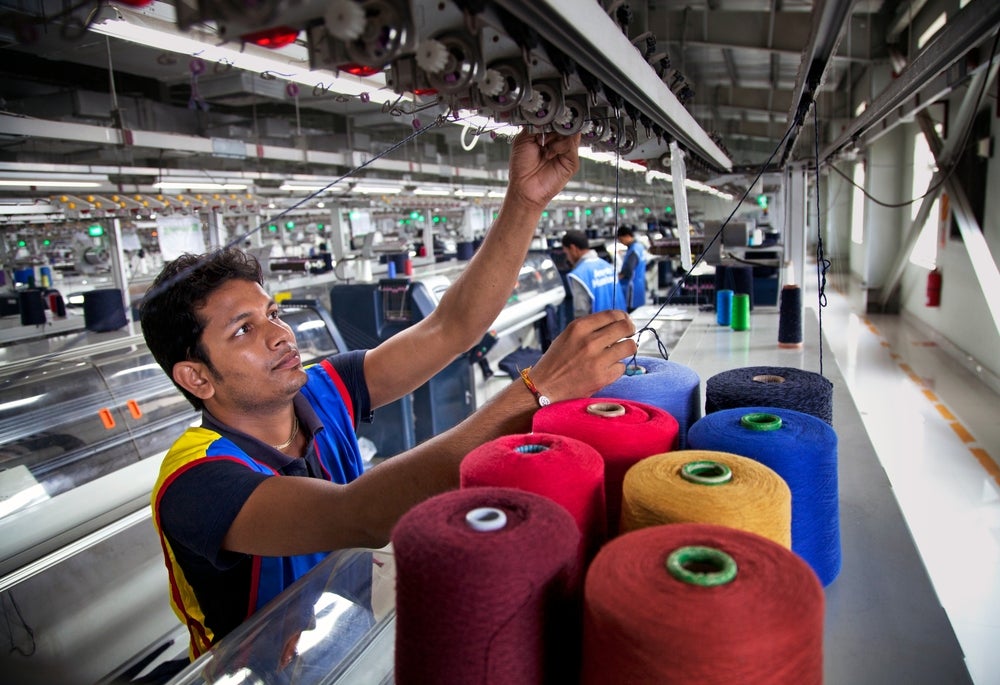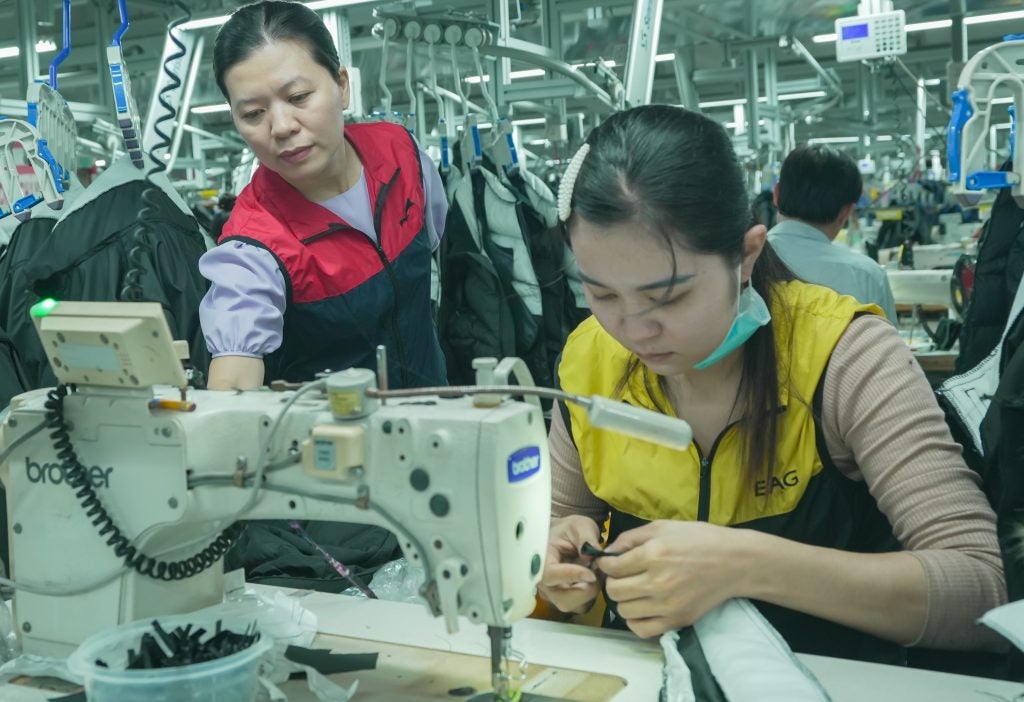BGMEA's report titled 'Beyond Cotton: A Strategic Blueprint for Fibre Diversification in Bangladesh Apparel Industry' outlines a roadmap for the apparel industry to navigate the complexities of diversification, presenting concrete steps for stakeholders to enhance their global competitiveness.
The study was conducted by international textile, apparel and retail consulting firm Wazir Advisors and is said to signify "a paradigm shift" with lots of opportunities available for non-cotton within the fashion supply chain.
The BGMEA explained that given the changing dynamics of the global fashion landscape, there is a notable shift towards fibres other than cotton.
It added that these fibres are not only synthetics, such as polyester and nylon; but are also regenerated fibres, such as viscose rayon, animal fibres (wool and silk) and even other vegetable fibres, such as linen.
BGMEA president Faruque Hassan stated: “The findings and recommendations of this study are very important for our industry. It provides a roadmap for us to not only adapt to the evolving global market but to thrive in it."
He noted that the BGMEA is committed to fostering diversification and "supporting exponential growth" in the Bangladesh apparel industry, and added: "This report opens up new horizons for Bangladesh, and we are excited to embrace the opportunities it presents.”
The demand of cotton products is still large, but from a diversification perspective, the BGMEA believes non-cotton fibre products offer an important opportunity.
The organisation hopes that by aligning with these evolving trends, Bangladesh can not only meet the changing demands of consumers but also position itself as a key player in the global fashion industry.
The project lead from Wazir Advisors, Varun Vaid said: “Addition of non-cotton products in Bangladesh’s export basket can enhance the total addressable market for the country. Bangladesh has already proved its mettle in the global apparel trade by emerging as the second-largest exporting nation.
"With the development of a complete supply chain of non-cotton products, Bangladesh can aim to maintain its high growth trajectory”.
This study includes facts and figures about the changing fibre mix in the global fashion industry, emerging trends that will impact the sector in future, an in-depth analysis of Bangladesh’s current value chain structure based on feedback of buyers, manufacturers and policy makers, as well as a comparison of Bangladesh with other leading non-cotton players such as China, India and Taiwan.
BGMEA hopes it will set the vision for Bangladesh’s non-cotton sector and a roadmap for achieving it.
The BGMEA concluded that the study will serve as a "guiding compass, steering the Bangladesh apparel industry towards a future that embraces innovation, versatility, and sustained competitiveness in the ever-evolving global market."















